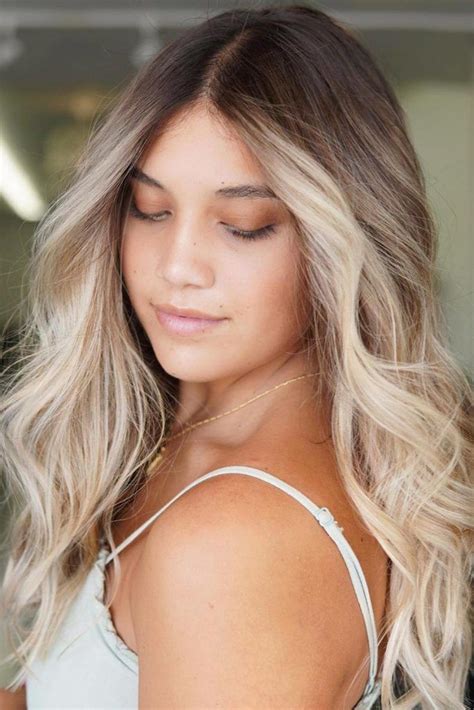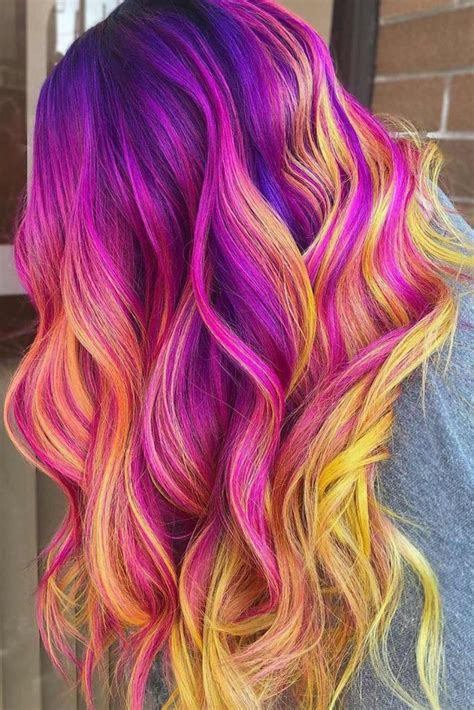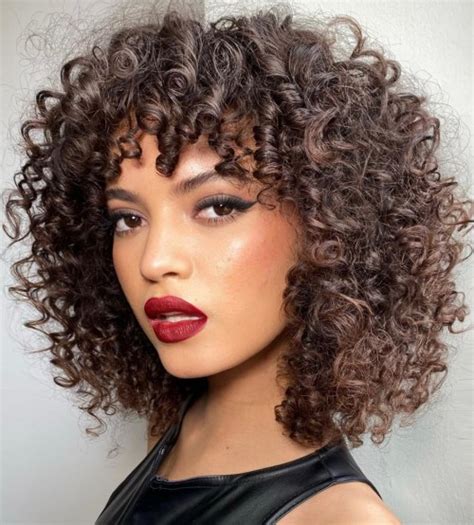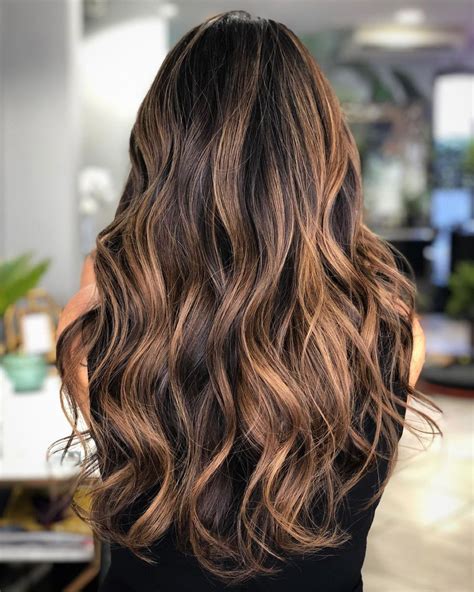Looking for a new hairstyle? Learn how to set expectations, find the right style, communicate desires, express preferences, and ask for product recommendations.
Consultation: Setting Your Expectations
Contents
Before going to the hair salon, it’s important to have a clear idea of what you want. Setting your expectations for the consultation will help ensure that you and your stylist are on the same page. When discussing your desired hairstyle, it’s essential to communicate your preferences clearly, whether it’s the length, texture, or specific features you want to highlight.
During the consultation, it’s important to ask questions about the feasibility of the style you have in mind. Be open to your stylist’s professional advice and listen carefully to their suggestions. This will help manage your expectations and prevent any misunderstandings.
It’s also crucial to communicate any concerns or dislikes you have about certain styles or hair treatments. If there are specific techniques or products that you would prefer to avoid, make sure to bring them up during the consultation to prevent any potential issues during the styling process.
Lastly, don’t hesitate to voice any uncertainties or questions you may have about the styling process. A clear and open communication with your stylist will help ensure that you leave the salon feeling satisfied with the results.
Haircut: Finding the Right Style
When it comes to finding the right style for your haircut, there are a few key things to consider. First and foremost, it’s important to communicate your desires and preferences with your hairstylist. Whether you’re looking for a dramatic change or just a trim, being clear about what you want will help ensure that you leave the salon happy with the results.
It’s also important to trust your hairstylist’s expertise. While it’s important to have a clear idea of what you want, it’s also important to be open to your hairstylist’s suggestions and recommendations. They are trained professionals and can offer valuable insights and advice on what styles might work best for your hair type, face shape, and lifestyle.
Another important aspect of finding the right style for your haircut is to consider practicality. While a certain style may look amazing in a magazine or on a celebrity, it’s important to consider whether it will be easy for you to maintain on a day-to-day basis. Your hairstylist can help you determine what styles will be both flattering and manageable for your lifestyle.
Finally, don’t be afraid to ask questions and seek clarification if there’s anything you’re unsure about. Your hairstylist is there to help, and it’s important to feel comfortable expressing any concerns or uncertainties you may have.
Coloring: Communicating Your Desires
Coloring: Communicating Your Desires
When it comes to coloring your hair at the salon, it’s important to clearly communicate your desires to your stylist. Communication is key to ensuring that you leave the salon with the hair color you’ve been dreaming of. Before your appointment, take some time to think about what you want and what you don’t want. Do you want a complete color change or just some subtle highlights? Are there any colors you absolutely do not want in your hair? Consider bringing in pictures of hair colors that you like to give your stylist a visual representation of what you’re looking for.
During your consultation, be vocal about your preferences and be open to your stylist’s recommendations. Listening to your stylist’s advice can help you achieve the best possible results. Be honest about your hair’s current condition and any previous coloring or chemical treatments it has undergone. This will help your stylist determine the best approach for achieving your desired hair color while maintaining the health of your hair.
It’s also important to ask questions if there’s anything you’re unsure about. If your stylist suggests a certain hair color technique or product, don’t hesitate to ask for more information. Understanding the coloring process and the products being used can give you peace of mind and help you feel more confident in your decisions.
On the flip side, there are also things to avoid when communicating your desires for hair coloring. Avoid being vague or indecisive about what you want. It’s important to provide clear and specific instructions to your stylist so that they can accurately fulfill your requests. Additionally, avoid being overly controlling or demanding. As much as it’s important to communicate your desires, it’s also important to trust your stylist’s expertise and allow them to work their magic.
Keep in mind that effective communication is a two-way street, and it’s essential for a successful hair coloring experience. By openly expressing your desires and being receptive to your stylist’s guidance, you can achieve the hair color of your dreams.
Styling: Expressing Your Preferences
What to Ask For at the Hair Salon: Things To Voice and To Avoid
When you go to the hair salon, it’s important to be able to express exactly what you want in terms of styling. Whether it’s a specific type of curls, a sleek and straight look, or a particular updo, you should be able to communicate your preferences clearly to your stylist.
It can be helpful to bring in pictures of the style you have in mind, as this can give your stylist a visual reference to work from. You can also describe the look you’re going for in as much detail as possible, including any specific details such as the placement of braids or the volume of the final style.
On the other hand, it’s equally important to avoid being too vague in your descriptions. Simply saying I want something different or I’m not sure, you’re the expert can make it difficult for your stylist to understand what you’re looking for, leading to potential misunderstandings and disappointment with the final result.
Ultimately, clear communication is key when it comes to expressing your styling preferences at the salon. By being specific and providing clear examples, you can ensure that you and your stylist are on the same page, resulting in a style that matches your vision.
Products: Asking for Recommendations
When you visit a hair salon, it’s not just about the services you receive, but also the products that are recommended to you. The products you use on your hair can greatly impact its health and appearance, so it’s important to ask for recommendations from your stylist. However, knowing what to ask for and what to avoid when it comes to hair products can be a bit confusing. Here are some things to keep in mind when seeking recommendations for hair products at the salon.
First and foremost, communicate your hair type and concerns to your stylist. Whether you have dry, oily, curly, or straight hair, your stylist needs to know this to recommend the most suitable products for you. If you have specific concerns such as frizz, breakage, or dandruff, be sure to mention these as well. This will help the stylist narrow down the best products for your needs.
Next, ask about the ingredients in the products being recommended. If you have any allergies or sensitivities, it’s crucial to ensure that the products do not contain any harmful ingredients. Additionally, if you’re looking for natural or vegan products, be sure to voice this preference to your stylist.
Another important thing to consider when asking for recommendations is how the products fit into your hair care routine. Will you need a specific shampoo and conditioner for daily use? Are there any styling products that are recommended for achieving a certain look? Make sure to discuss with your stylist the frequency and method of use for each recommended product.
Lastly, it’s important to be wary of over-purchasing or being upsold on products. While it’s great to have recommendations, be cautious of being pressured into buying more products than you need. Your stylist should respect your budget and preferences, and should not insist on products that you are not comfortable with.











